Which crops grow best? How long is the growing season? When is the last average frost date (assuming you aren’t living in a tropical zone)?
These are the sorts of questions to start with when planning your survival garden.
And you really need this knowledge, because even experienced gardeners find themselves overwhelmed when trying to grow food in a completely new climate.
The US Department of Agriculture (USDA) has a nationwide standard of splitting the country up into 11 basic hardiness zones based on the area’s coldest average temperatures in winter. Their interactive USDA Hardiness Zone Map is therefore an excellent place to start.
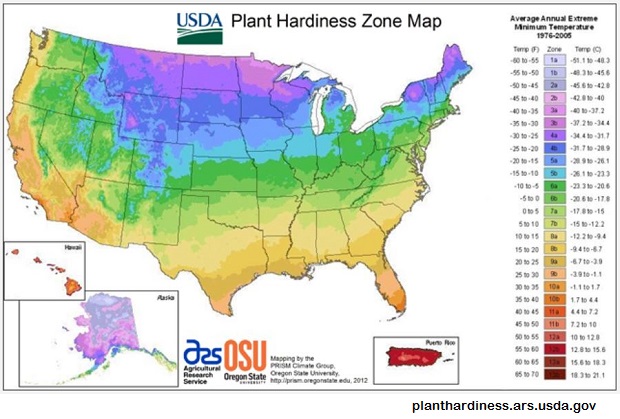 How Do I know My Climate Zone?
How Do I know My Climate Zone?
Once you know your region’s USDA climate zone, you can identify the factors that influence your survival crops, such as how long winters last, how cold it gets, the length of the growing season, and which food crops can and can’t thrive.
The USDA hardiness definitions and map does provide a great basic framework to get you started, but keep in mind that it does have its limitations. Hardiness is only measured by the coldest temperatures of the year, and it doesn’t take other climate factors into account. Still, you need to be aware of:
- The amount of precipitation,
- Humidity,
- Maximum temperatures
- Soil conditions.
Both the high deserts of New Mexico and much of Connecticut, for example, are USDA Zone 6a, but their climates are still completely different. If you happen to live in the western United States, for example, and you’d like a more specific climate zone map, Sunset’s detailed climate zone map takes much more into account, helping you pinpoint your area’s overall growing conditions.
Before you get planting, you should also be aware of micro-climates, which are basically mini-climate zones created by features like bodies of water, parking lots or, more likely, the walls of your home. Taking advantage of micro-climates in your garden can help ensure that you’re plantings will thrive.
For more information on your region’s growing conditions, as well as help with common pests, soil amendments and other gardening stuff, consider visiting a local nursery, botanical garden or County Extension Office.
What Grows Where?
Each USDA climate zone has its own planting schedule, and has two basic growing seasons: warm and cool. The cool growing season, perfect for growing carrots, greens and radishes, takes place every spring and fall, and sometimes winter in the warmer zones. The warm growing season, featuring tomatoes, corn and squash, gets going in late spring and lasts through early fall.
Growing seasons in the sub-tropics and the tropics work a little differently, as the growing season technically lasts all year. Their planting times are generally based around annual rainfall patterns.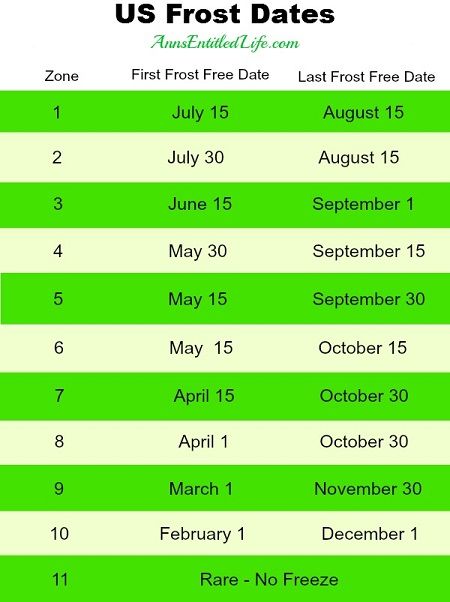
Below is a basic overview of the 13 USDA plant hardiness zones. Note that you can extend your growing season by utilizing micro-climates and by offering protection from the cold with row covers or cold frames.
Zones 1-2
- Located in Alaska, the northern continental US and high mountains, this zone is defined by long, cold winters and a very short growing season.
- Growing season: April – September
- Coldest temperatures: -60 to -40F
- Best plants to grow: Vine tomatoes, lettuce, kale, broccoli, asparagus, eggplant, other vegetables with short time between planting and harvest
Zones 3-4
- Located in the northernmost US states and cool mountain regions, these zones enjoy a slightly warmer and longer growing season with very cold winters.
- Growing season: April – October
- Coldest temperatures: -40 to -20F
- Best plants to grow: Vine tomatoes, lettuce, kale, broccoli, asparagus, spinach, strawberries, eggplant, sweet peas, pole beans, winter squash, red and white potatoes
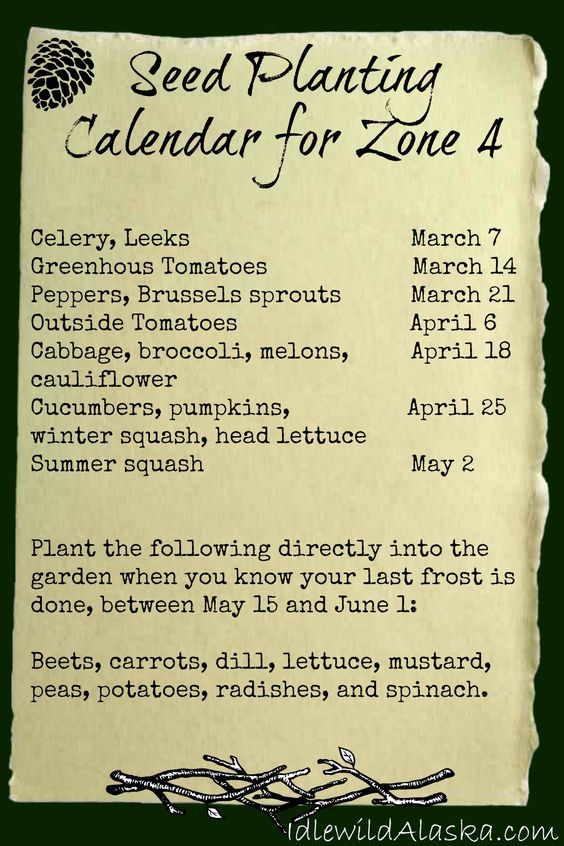 Zones 5-6
Zones 5-6
- Encompassing much of the continental US, these planting zones stretch from Washington and Oregon, down to New Mexico, and across the midwest to New England.
- Growing season: March – October
- Coldest temperatures: -20 to 0F
- Best plants to grow: Tomatoes, corn, squash, melons, beans, strawberries, lettuce and other greens in the spring and fall
Zones 7-8
- Defined by long, hot summers and mild winters, these zones cover much of the southern US, including the desert southwest and many southern states.
- Growing season: March-November
- Coldest temperatures: 0 to 20F
- Best plants to grow: Corn, tomatoes, melons, squash, collard greens, carrots, bush beans, asparagus and leafy greens during the cooler months
Zones 9-10
- These sub-tropical to mild temperate growing zones cover much of the deep South, the Gulf coast, most of Florida and southern California. If protection is offered, the growing season can last throughout the year, though the occasional frost may still occur.
- Growing season: February-November
- Coldest temperatures: 20 to 40F
- Best plants to grow: Tomatoes, melons, squash, corn, peppers, yams, citrus, peaches, figs, bananas, salad greens and sweet peas during the cooler months
Zones 11-13
- Found only in Hawaii and the US territory of Puerto Rico, these tropical growing zones feature a tropical climate and year-round growing season with planting times based around the wet and dry seasons.
- Growing season: Year-round
- Coldest temperatures: 40 to 70F
- Best crops to grow: kale, okinawa spinach, pole beans, passionfruit, sweet potato, red potato, cassava, pineapple, pumpkin, mango, papaya, Thai chili peppers, citrus, bananas, taro
- Crops to avoid: Any fruits requiring chill time, including berries, cherries, apples and peaches
Growing your own food is a fun, family-friendly hobby with tasty and nutritious rewards. Whether you’re a newbie trying out your first tomato plants, or a seasoned pro moving to a new state, understanding your garden’s climate zone is the first step towards planning and growing a successful, productive garden.
http://planthardiness.ars.usda.gov/PHZMWeb/
http://www.sunset.com/garden/climate-zones/climate-zones-intro-us-map

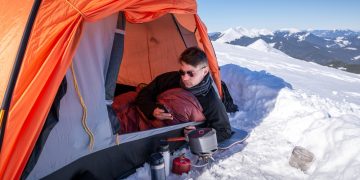

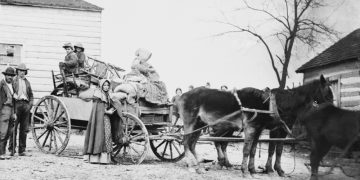

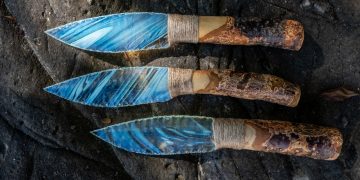
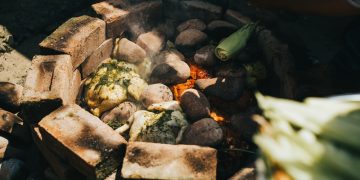

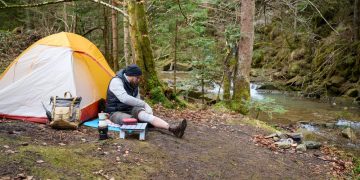

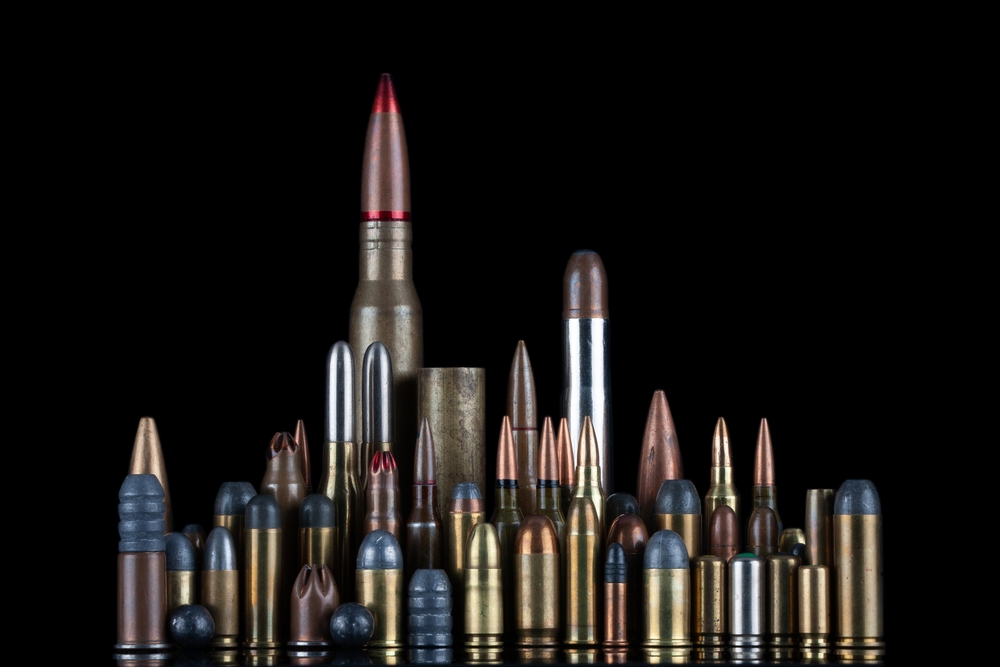
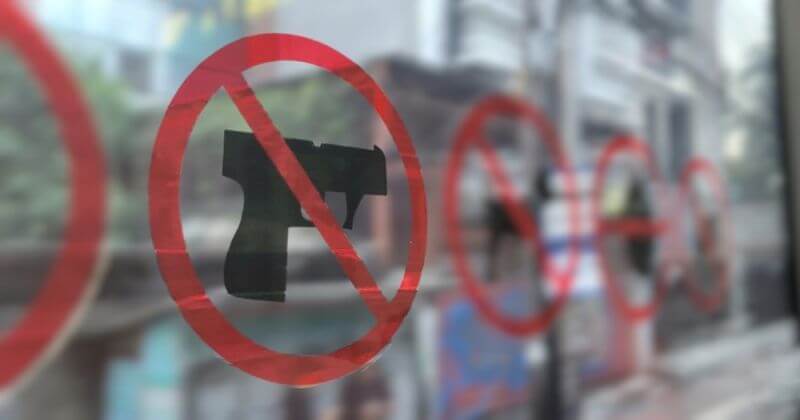


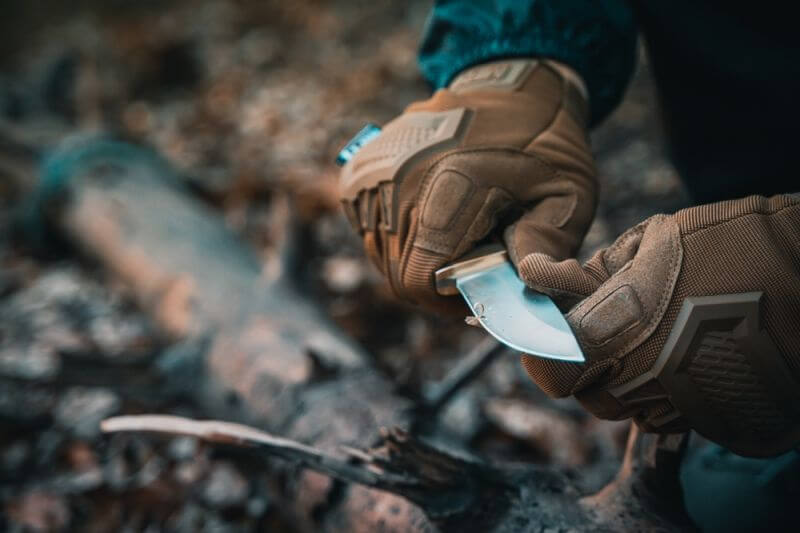
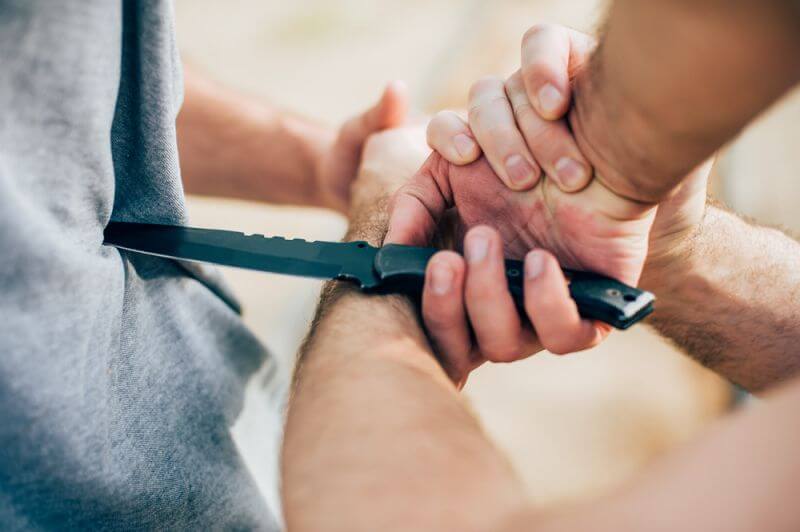
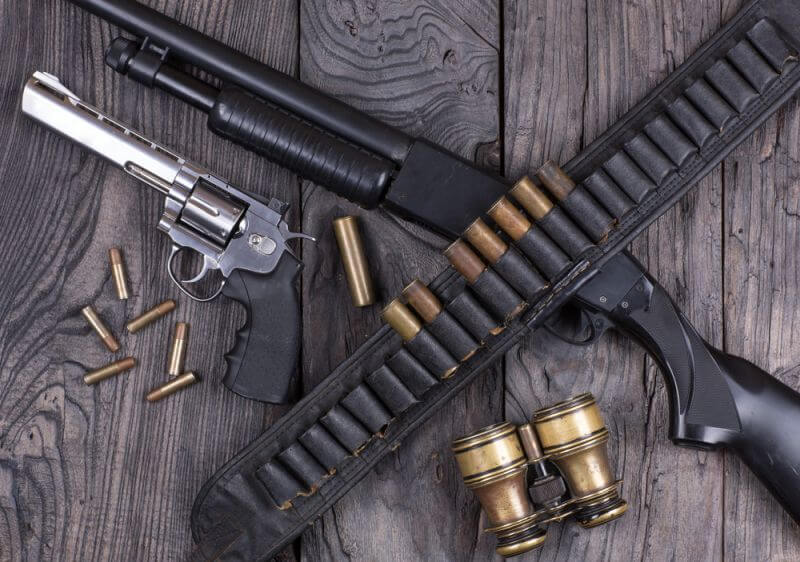

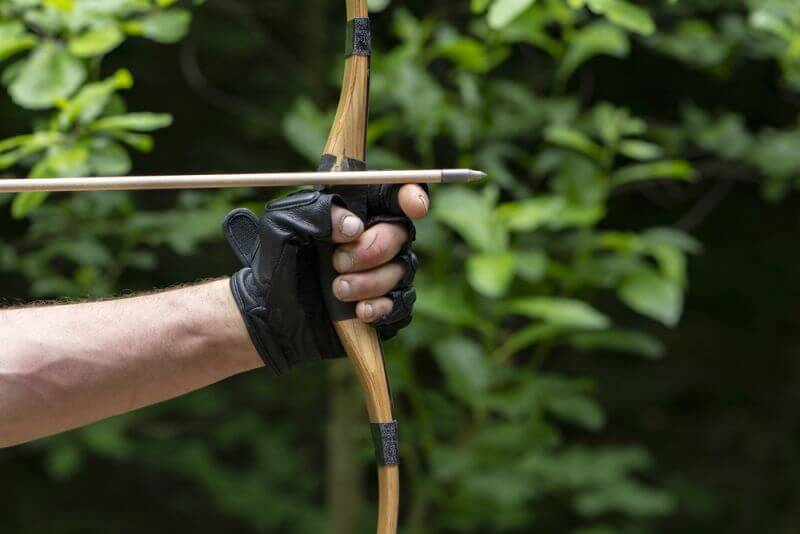
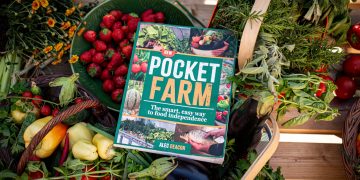
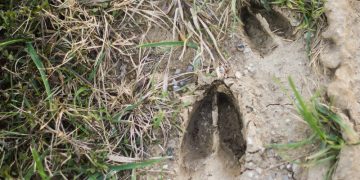
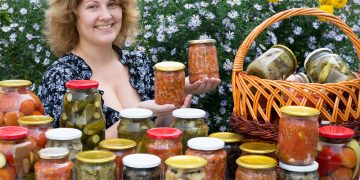


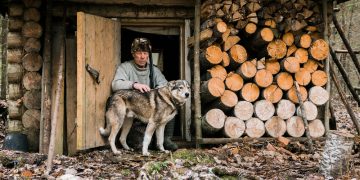



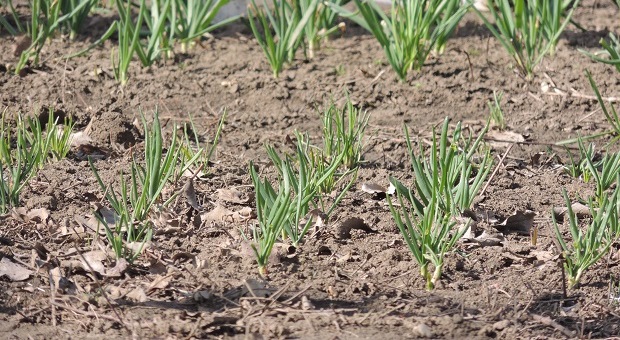
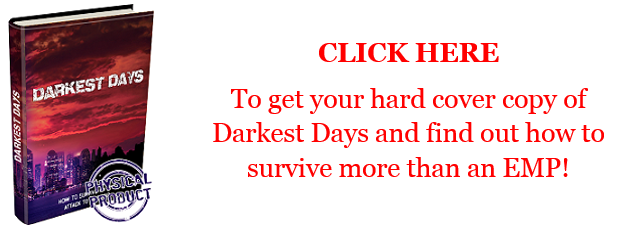













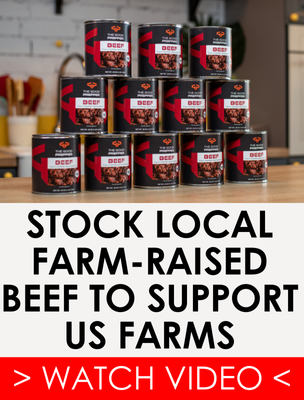
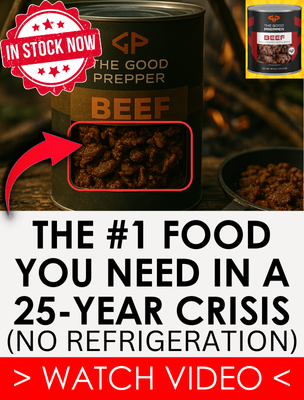


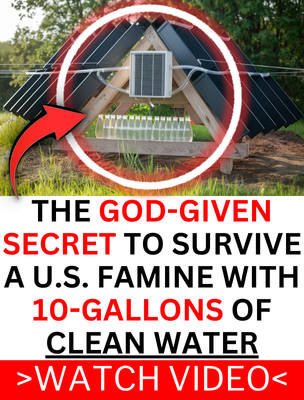
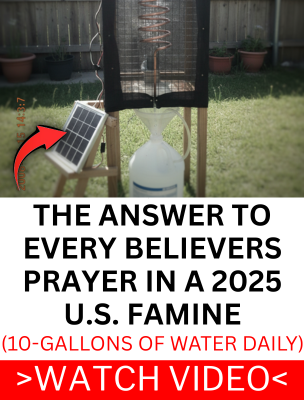
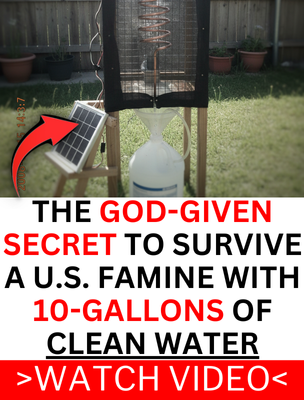



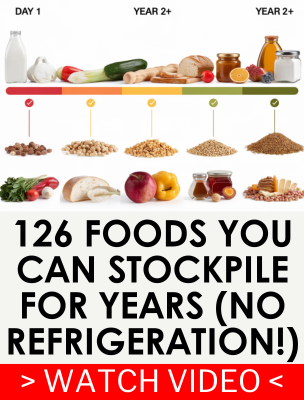
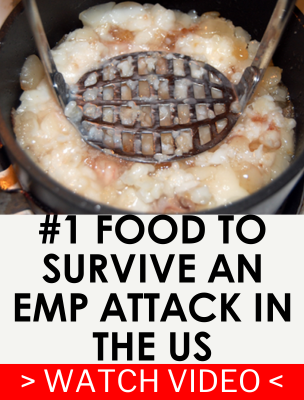
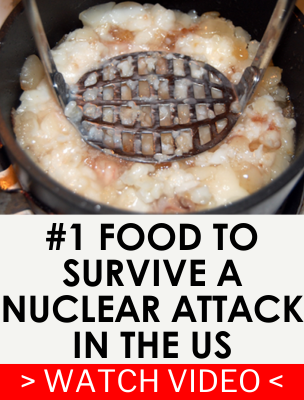


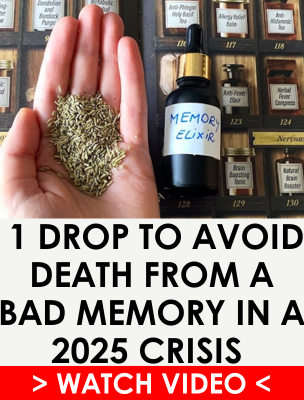



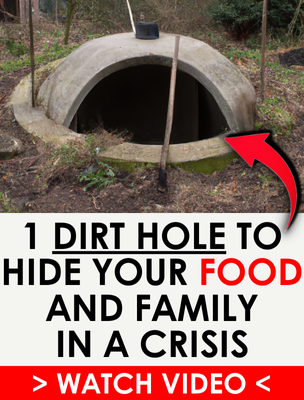
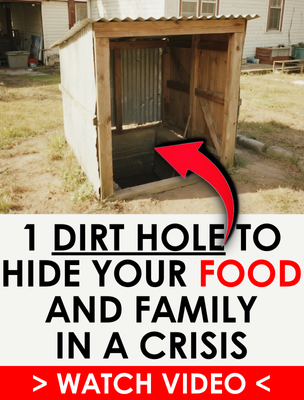
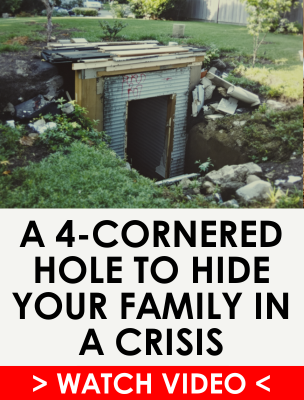
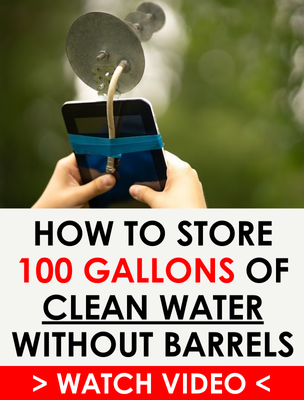
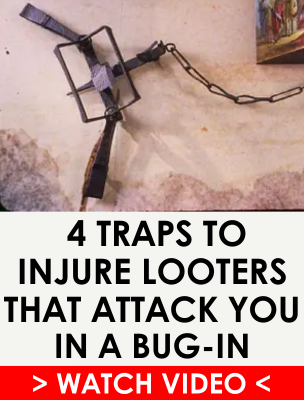
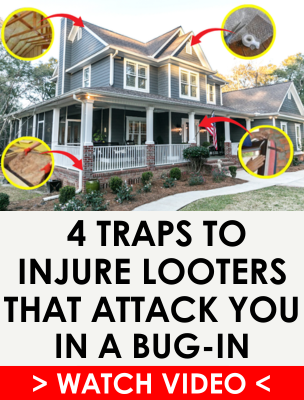






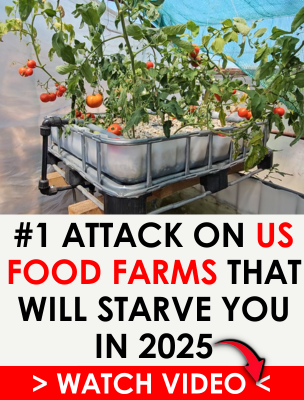
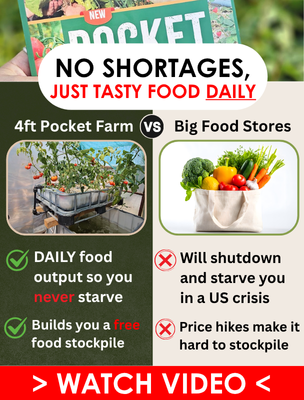


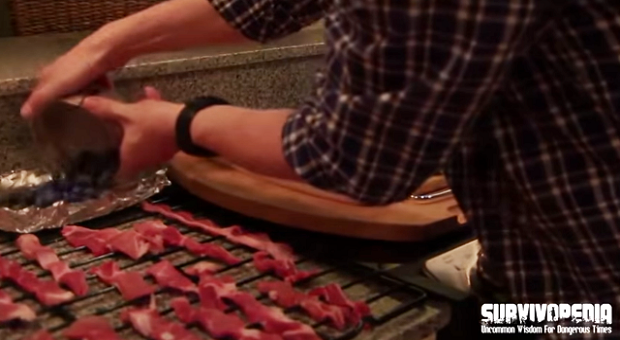

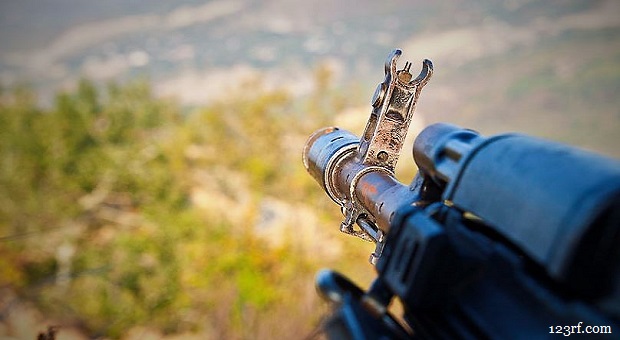
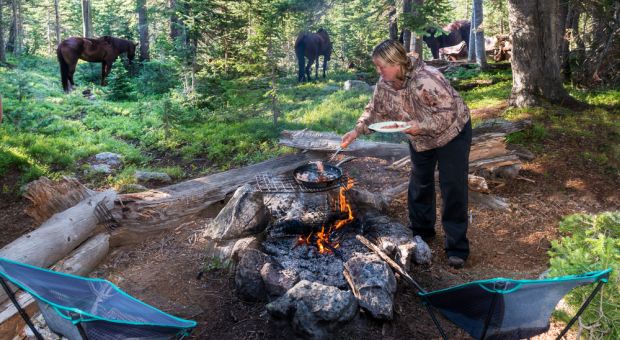
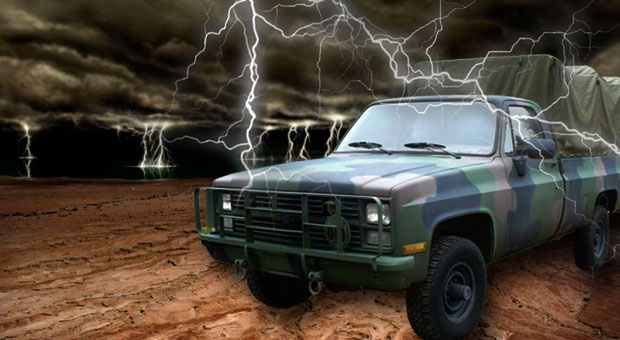
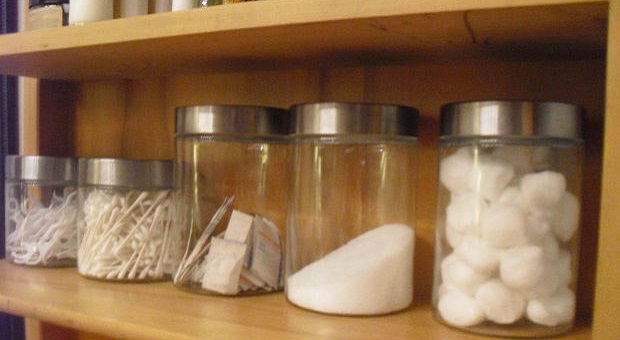


This is a great article for those seriously prepping for food self-reliance.
I know somebody only 25 miles SOUTH from me in the Midwest along the 5-6 zones who lost their most of their 30 or so $40. dollar a pop fruit tree plantings this year with a freak hard freeze in April! The days when they planted before the freeze were actually even above average warm for that time of year! So they weren’t paying that much attention. Had they bagged with sheet plastic or tarps, as my neighbor did, they would have made it.
Study the info in the article carefully if you live along the transitionary winter/summer zones for your best planting option. In these areas only a few miles North or South, or even if you are in a Valley or higher ground can make a significant difference as these are micro-environments in themselves and seriously affect what will thrive compared to other areas in the same zone.
And with intentionally induced ‘chem-trail climate change’ experiments complicating things even further, you must plan carefully.